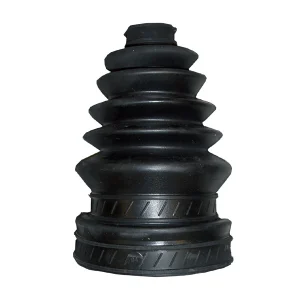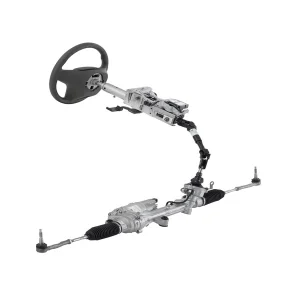- Electric steering has several advantages thanks to technology. An address of this type can regulate its firmness depending on the speedThis means that when we go fast the steering becomes harder and less steering wheel movement is needed to make the car change direction, while when we go slow it becomes softer and allows us to maneuver more easily. The problem with these steerings is that they generally feel completely anesthetized, as if there is no real connection between the steering wheel and the wheels, so it is difficult to know what is happening on the tarmac. This can be counterproductive during an emergency maneuver because we don’t really know what the car is doing.
- Electric steering seems to be the one that will prevail in the coming years, leaving hydraulic systems behind. There will be people who prefer the hydraulic version as it strikes a good balance between comfort and feedback, but we hope that electric steering will improve and find a way to make the steering feel more connected.
Electrical Addresses
Until the early 2000s, most car power steering systems were hydraulically actuated. This meant that the system was fed by a pump filled with hydraulic fluid pumped at high pressure. And while this system works well when it comes to providing quick and easy direction, it also has its own set of drawbacks.
To begin with, the hydraulic power steering pump is driven by the engine, which means it has to run constantly. This constant mechanical consumption of the engine means a loss of power in most cars, and can even reduce fuel consumption. In addition, the power steering hydraulic fluid must be changed periodically and if any of the components or hoses fail, then the fluid can become dirty as well.
In the early 1990s and well into the 2000s, many manufacturers switched to electric power steering systems instead of hydraulic versions.







